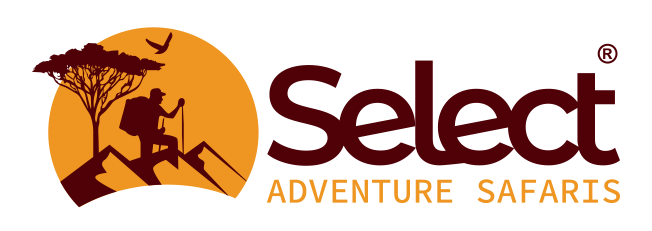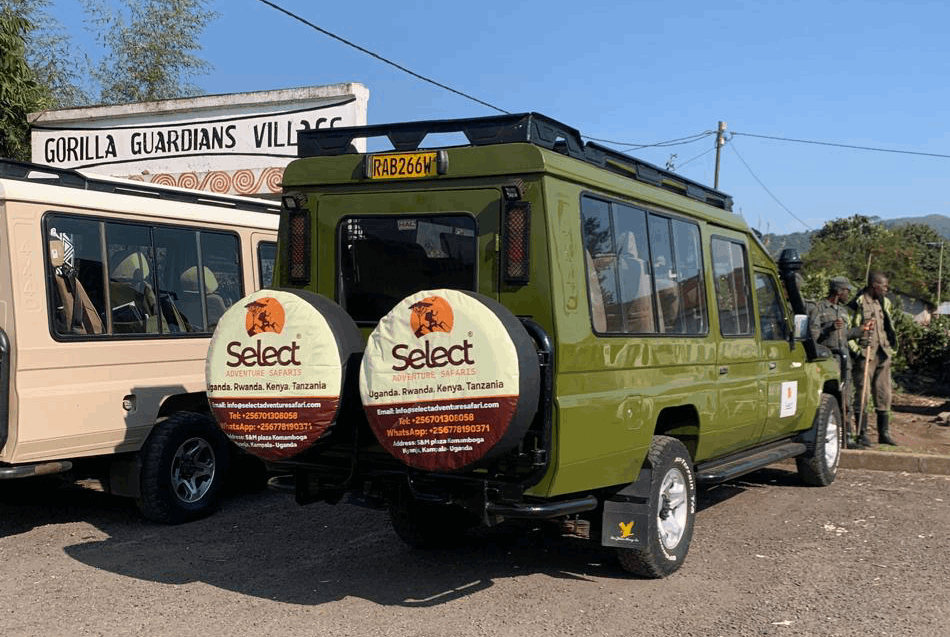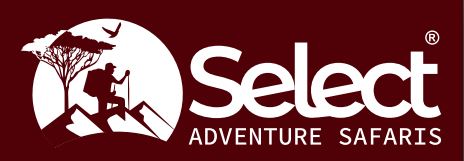Tribes in Uganda / Uganda tribes
Tribes in Uganda : Uganda’s population is classified into wide linguistic ethnic groups found in different regions of the country, Central, Southern and western parts are occupied by the Bantu speaking people and the eastern, northern and northwestern regions are occupied by the Non-Bantu speaking groups.
There is over 30 different languages spoken in Uganda in addition to English the official language and Swahili the East Africa Official language. The largest population of people in Uganda speaks Luganda.
Here is the list and details about tribes in Uganda
Baganda
The Baganda are of the largest and powerful ethnic group in Uganda making up to 16.9% of the population, the Baganda are commonly called the Kings Men because of the significant role of their King “the Kabaka” in their political, social and cultural institution. In the past the Kabaka ruled over a hierarchy of chiefs who collected taxes in form of food and livestock and all the portions received were distributed through the hierarchy and eventually reaches the Kabaka’s palace in form of taxes.
The Baganda belong to the Bantu Ethnic group and likely settled in the area between 1000 BC and 500 AD with the Bantu migration out of the West Africa, the local language of the Baganda is Luganda belonging to the Niger-Congo language family.
The Baganda is the most dominant and largest tribe in Uganda, it comprises of more than one-fourth of Uganda’s total landmass. The Baganda are found along the north and western shores of Lake Victoria in the East of the Uganda, the former capital is in the south to the Bunyoro Kingdom and the west to the Nile River.
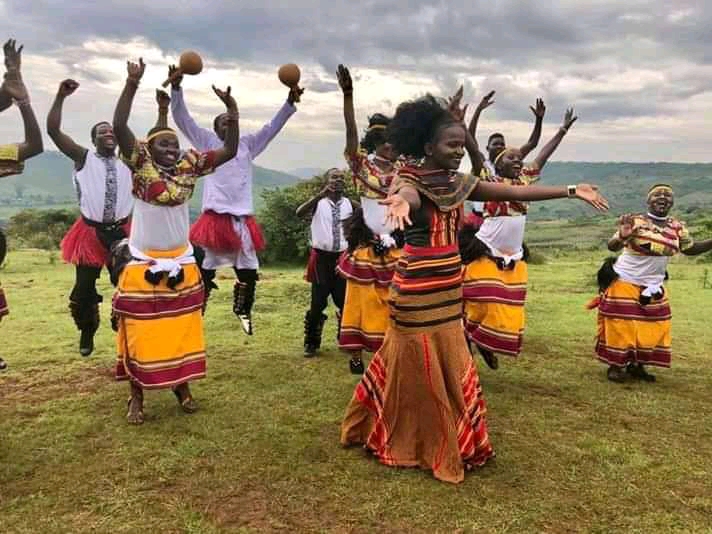
Today, there are 52 Baganda clans and the majority of these people are Christians that is Catholics and protestants about 15-20%, there are also Muslims and born again.
The main food of the Baganda is matooke, a plantain which is boiled, steamed and served with several sauce including the groundnuts, other foods eaten by the Baganda include eggs, fish, beans, groundnuts, beef, chicken, goats and grasshoppers.
Banyankole
The Banyankole are the second largest ethnic group in Uganda making up to 9.5% of the population, the Banyankole are found in south –western Uganda and they traditionally speak a Bantu language called Runyakole.
The Banyankole are under the leadership of Mugabe (King)as an absolute ruler who claimed all the cattle throughout Uganda as his own, in his kingdom, kings were ranked by the number of the cattle they possessed. Cattle rearing is the major activity in Banyankole group.
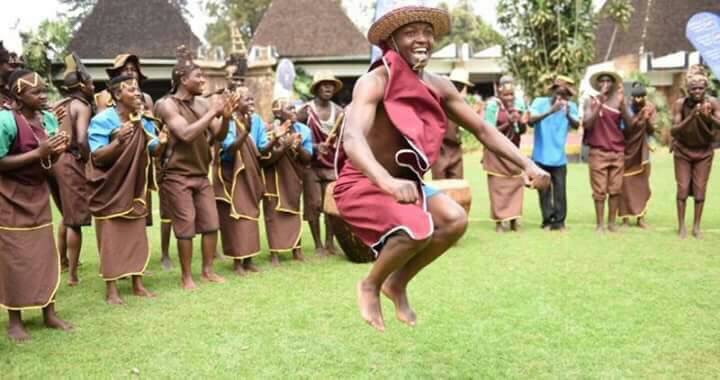
The Banyankole are divided into a high ranked caste of pastoralists and lower-ranked caste of farmers, the Bahima are cattle herders and Bairu are farmers who also care for goats and sheep.
In Banyankole tribe, legends and takes teach proper moral behavior to the young ones, both men and women excel in a verbal art form with emphasizing riddles and proverbs. Both men and women excel in verbal art form with emphasizing riddles and proverbs. Folk tales draw on themes such as royalty, cattle, hunting and other concerns of Banyankole
Most of the Banyankole are Christians, the dressing code in the Banyankole differentiates by rank and gender. The chiefs traditionally wore long robes of cow skins and ordinary citizens wear a small portion of cow skin over their shoulders. Today, the Banyankole wear modern western-style clothing.
The Bahima herders consume milk and butter and drink fresh blood from the cattle, they also consume beef. Butter milk is consumed by only women and children, children can eat rabbit but men eat only the meat of the cow and buffalo.
The Basoga
The Basonga ethnic group is the third largest ethnic group making up to 8.4% of Uganda’s population living in the eastern region between Lake Victoria and Lake Kyoga in the districts of Kamuli, Jinja and Iganga.
The Basonga people speak the language of Lusonga which is so close to Luganda, these people believe in the existence of the spirit world wwith the Supreme Being called Lubaale.
In Busonga, each clan had land and the clan head was responsible for the clans land, the land is communally owned and it cannot pass ownership from one clan to another.
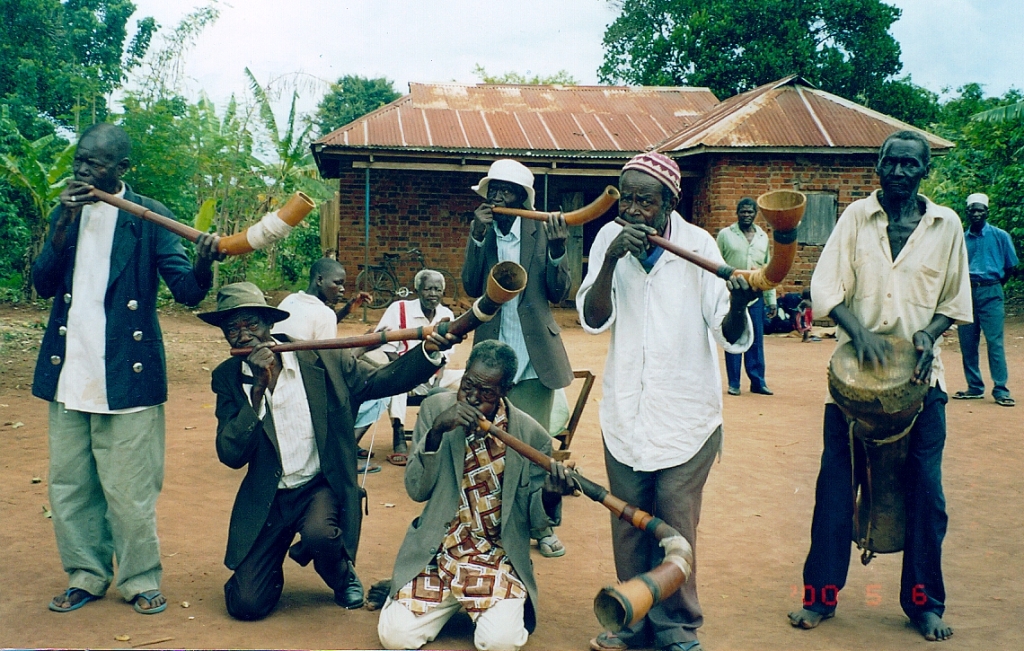
Bakiga
The Bakiga people are found in northern Rwanda and Southern Uganda, these people are sometimes called Kiga or Chiga. The Bakiga people are a great example of a tribe that follows and still strictly practice most of their old traditions today, they live in clans headed by chef. The chief is not supposed to marry outside his clan.
The Bakiga are Bantu people speaking Rukiga and they believe in Ruhanga – the creator of all things. Bakinga take pride in having a mixed language and one of their important cults were Nyabindi – the spirit of a much- respected rain-maker.
The Bakiga people are mainly agriculturalists and kept less livestock than other pastoralist groups. They grow crops like sorghum, peas, millets, sweet potatoes, vegetables and beans.
They produce beer from Sorghum, in the Bakiga community it is considered good manners for visitors to join a family eating a meal without an invitation. Bakiga people play music and some of their main instruments include Omukuli [Flute], Amakondere [trumpets], Endingidi [Fiddle], Enanga [trough zither] and Engoma [Drums].
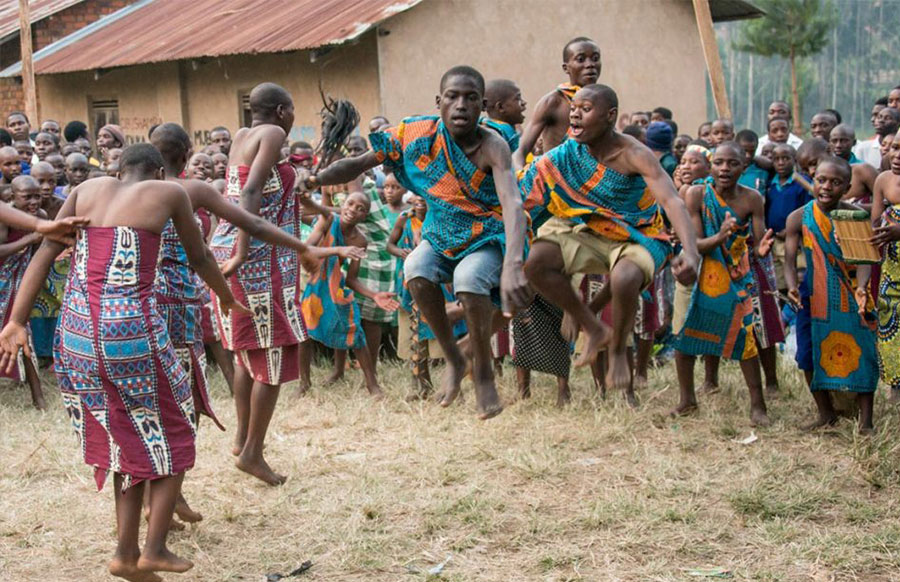
Iteso
The Iteso traditions closely relates that they originated in Sudan and moved to the south over the period of centuries, in Uganda they presently live in the Teso – Sub region in the districts of Amurai, Soroti, Kumi, Tororo and Busia District.
The Itesots were under the leadership of Aruwok and the army was refered to as the Ajore, the iteso army and military organization was baed on the age graders known as the Aturio. In the Iteso society setting, men herd cattle and the grazing of animals was regarded as a commonly held right until the late 1960s. Women grow vegetables in the garden and gather various wild foods, mushrooms and flying ants as a delicacy. The major food crops in Iteso are sorghum and finger millet.
In Iteso, there are 3 types of birth that is single child, twins and spiritual birth. The spiritual birth was said to be in the form of Air or water, the new born babies would be initiated into the clan by conducting a ritual ceremony called etale.
The Iteso did not regard death as normal consequences, death was attributed to ancestral sprits and witchcrafts.
Langi
The Langi are Luo language speaking people living in the Lango Sub-region, north of Lake Kyoga. According to the 2002 census, the Langi make up 1.5 million of Uganda’s population.
Before the British rule, the Langi people had a government of their own and it was elected through clan chefs with the authority of people over their clans.
In the Langi community, children were taught by their mother or siblings about morality and how to address their relatives and respect other people. Boys were taught by their fathers or male relatives and girls were taught by their mother or female relatives. Games, folk stories, myths, proverbs and riddles played an important role in Lango education.
Leadership was by chiefs and the position of chiefs was hereditary in some clans.
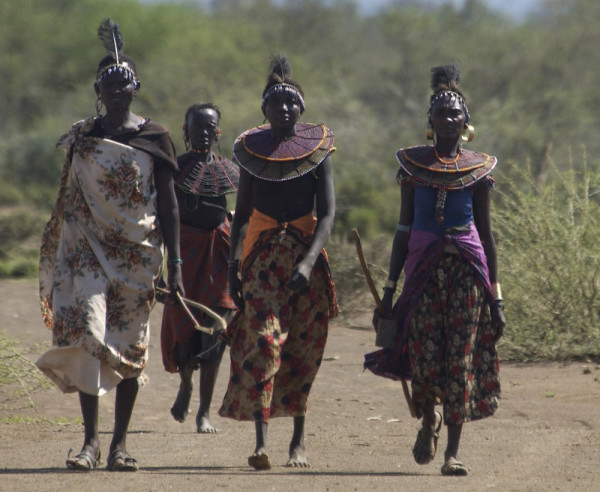
Acholi
The Acholi people are Lua people said to have come to the northern Uganda from the area known as Bahr el Ghazal in South Sudan, these people live in the districts of Agago, Amuru, Gulu and Magwe of South Sudan.
The Acholi speaka western Nilotic language called Luo and is mutually intelligible with Lango and other Luo Languages, the Acholis are one of the largest tribes in Uganda and their population is over 2.0 million people.
Acholi’s traditional dwelling palces were the circular huts with a higher peak, furnished with a mud sleeping platform. They used to be skilled hunters using nuts and spears, they are used to keep goats, sheep and cattle.
Acholis believe in a Supreme bing called Jok and the shrine for Jok was called Abila, these people recognize two distinct birth customs namely the normal birth and the Jok Anywala (Godly birth).
In every incident, the Acholi sing about it and some of their songs refer to well known incidents in the past.
The Bagisu
The Bagisu are maily found in Mbale district in Uganda on the slopes of Mount Elgon, these people have no history of early migration and they assert that their ancestors were called Mundu and Sera.
The most famous, main and unique custom of the Bagisu is the Male Circumcision, the Bagisu are are famously known for the fearsome and aggressive and strength.
In the Bagisu community, a man who is uncircumcised is not allowed to marry a gisu woman.
The language spoken by the Bagisu is Massaba, this tribe is divided into clans that is 2 or 3 around Mbale.
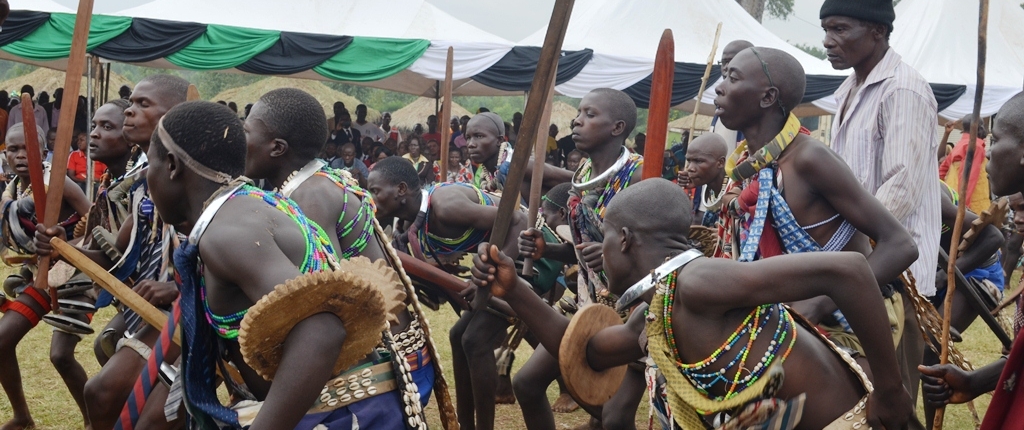
Lugbara
The Lugbara tribe live in the West Nile region of Uganda and are also found in the Democratic Republic of Congo, they depend on agriculture. In the Lugbara society marriage entails a substantial bride-price in livestock or iron implements.
In Marriage setting, polygamy is the rule. Marriage is forbidden between members of the same clan with a partner of the mother’s close kin.
The majority of the Lugbara still worship ancestors and believe in a creator god “Adroa”. Staple food of the Lugbara is cassava.
In Uganda there are many tribes speaking different languages, there is a total of 54 tribes with about 9 indigenous communities that are recognised. English is the official language of Uganda, Luganda and Swahili which are widely spoken in Uganda.
